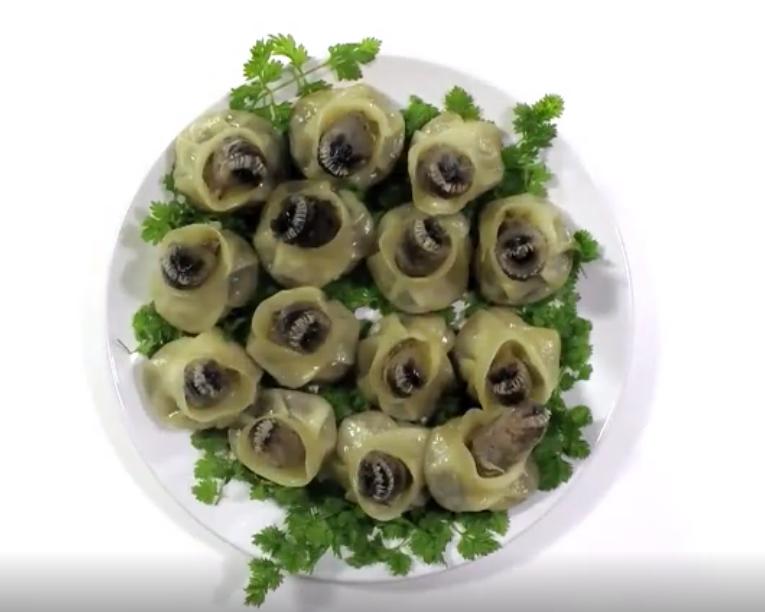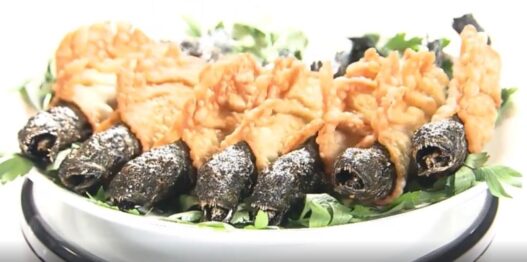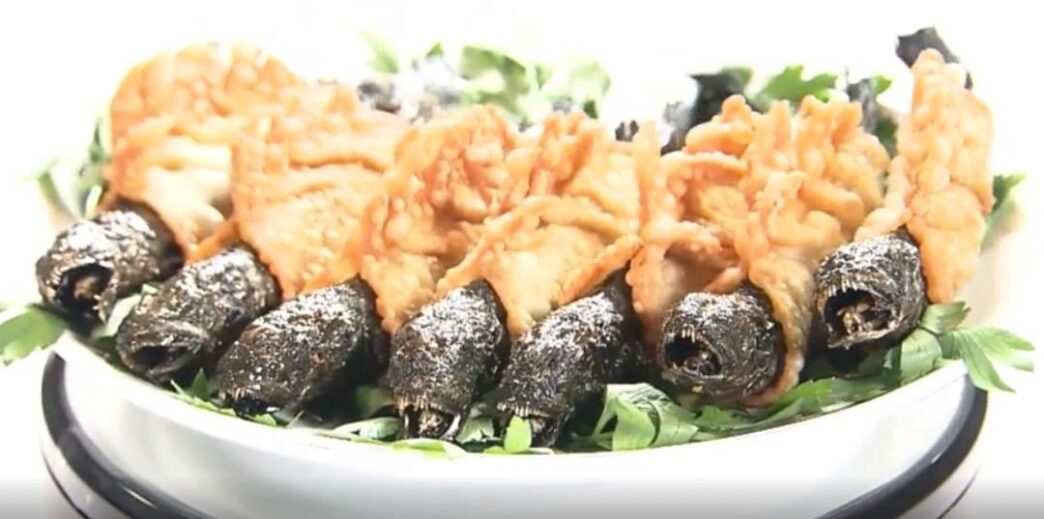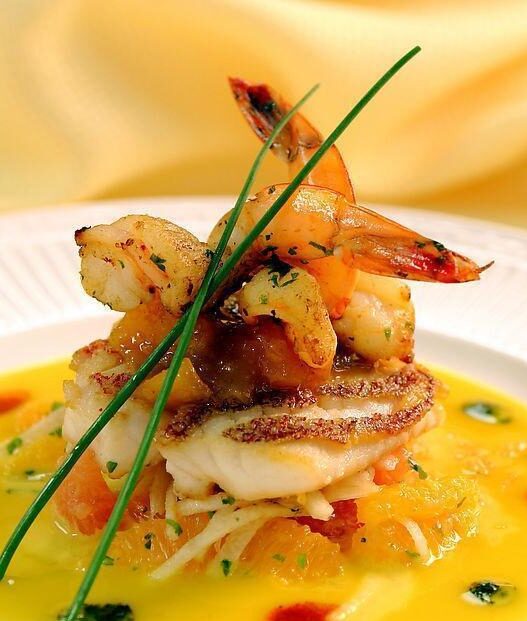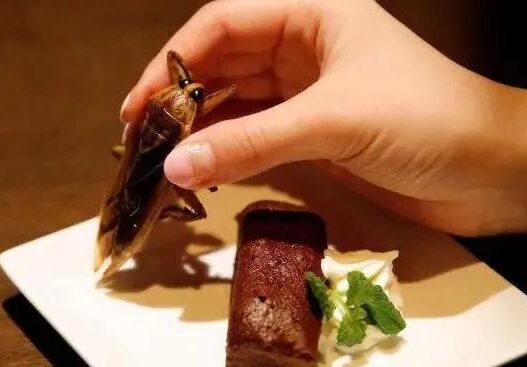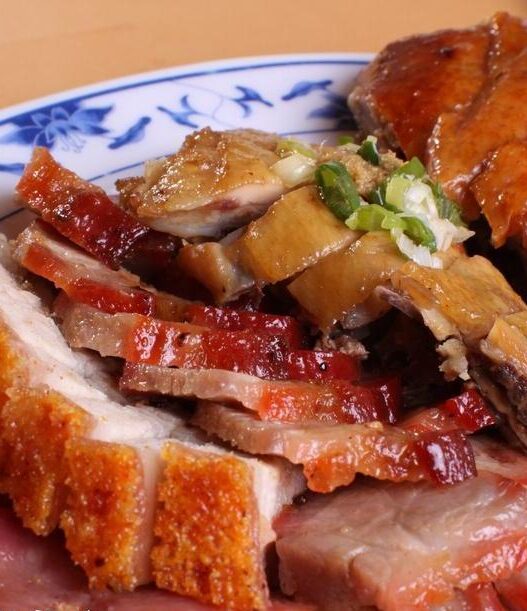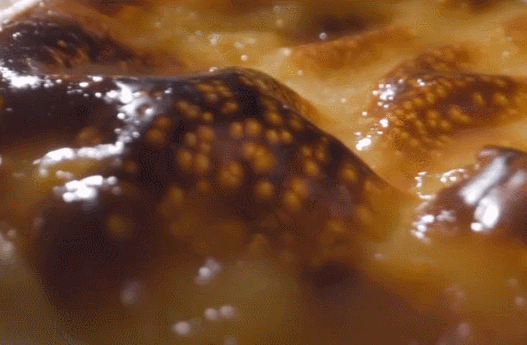Hidden-Eyed Eel Dumplings are the latest dark masterpiece in the realm of Japanese cuisine.
They aim to make your eyes light up, only to blind you. The cunning, eerie faces evoke thoughts of their deep-sea relatives, spewing hellfire and absorbing nuclear energy like baby Godzilla.
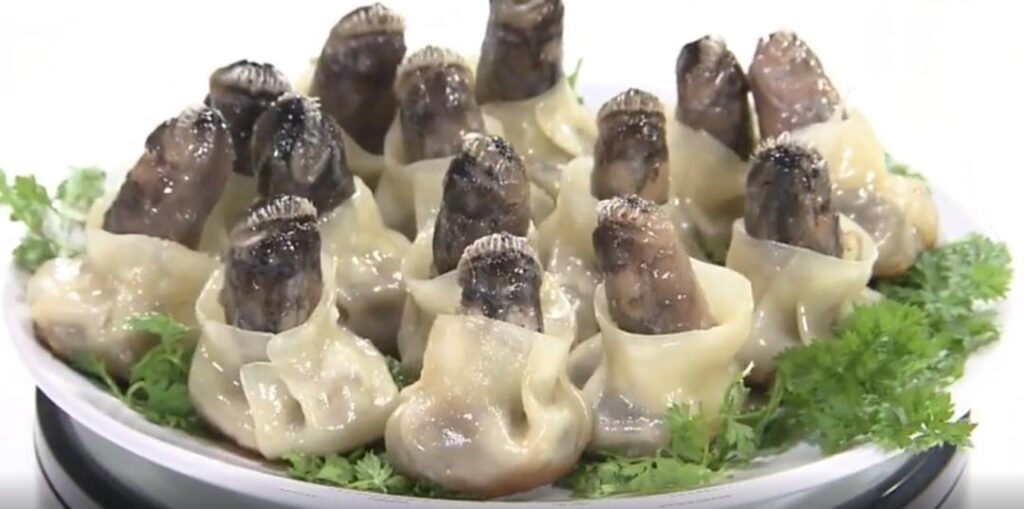
To eat this dish, one must wear sunglasses, or at least avoid looking at it directly out of the corner of their eye. This is advice from the culinary development team in the kitchen.
Skeptical diners are still waiting for kind-hearted people to donate corneas, with queues stretching from Osaka to Kyoto. Few have survived the encounter with the Hidden-Eyed Eel; its energy doesn’t obliterate the body but erases the will.
Even if you can’t see its eyes clearly, in the reflection of its murky, small eyes, some have seen Gamera, seen the rare human, seen Tetsuo. They should be enjoying their retirement in another world, yet now they’re here to guide you through the rest of your life.
If one were to find a reason to eat it, it would only be to provide the possibility of communing with spirits.
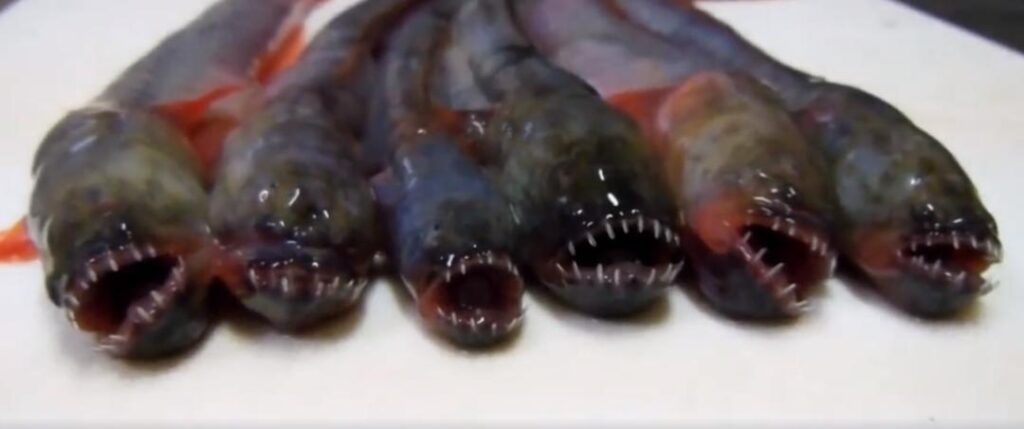
Some enjoy dark Japanese cuisine, listening to the roar of nuclear elements from the ingredients. Others can read the cycle of nature from the grip of their chopsticks. Tarō said he needed inspiration.
Alcohol and rave parties can’t capture the allure of the city like the Hidden-Eyed Eel Dumplings. The latter’s malevolence is more stimulating, its evil influence on the frontal lobe akin to receiving toilet paper from a hairy hand under the door while squatting on the toilet; it’s untimely, but it’s what you need.
Its eyes hide the call of the deep sea; listen, the sound of the ocean crying, a cry of the Hidden-Eyed Eel’s complaint to its creator for being made from scraps.
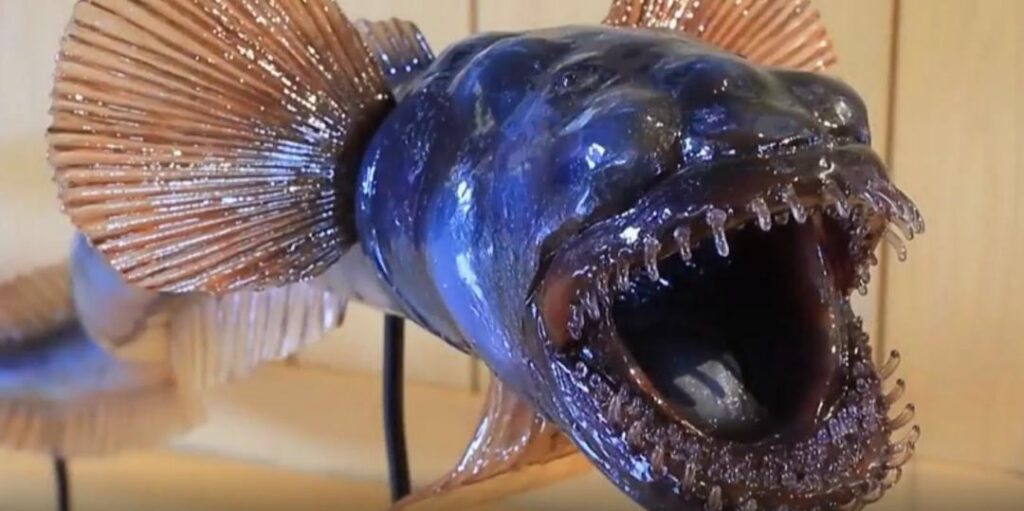
Zen has become secret, and dumplings have become a mystery.
It’s no longer a container for vegetables and meat; it’s a talisman.
The evil spirit is entangled, wrapped, and intertwined by flour. It wants to break free, but the force is too strong, leaving it only to fret and stare.
In fact, this cruel dish has a poetic name — “Star-Gazing” (星を見上げる).
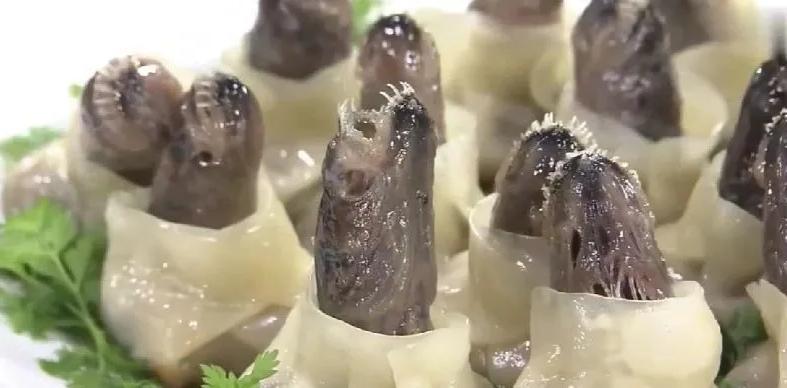
The name is fitting, “Even the smallest window needs the comfort of light, even the ugliest form needs to stand tall.”
We can’t know the state of the person who named it at that moment, but we can glean some insight from the physical presentation of the Hidden-Eyed Eel on the dumplings.
In Japan, this description perfectly captures the current mood of the people. Unemployed men, amidst the joyful steamwave of the restaurant, weep as they swallow this Japanese dish alone, with the Hidden-Eyed Eel twisting and dissolving in their esophagus, entering the black hole of the universe with the viscous digestive juices.


The only thing that can comfort people seems to be its taste.
But despite scouring the internet, we found no mention of its flavor. It has become a legend, a secret that only goes in and never comes out.
The chef who developed it once said its taste is as sweet and sharp as cockroach wine, leaving an imprint in the mind like the scent of a stink bug, in short, it’s eerie.
But chefs rarely taste their own creations, leading to significant quality control issues with these Hidden-Eyed Eel Dumplings.
The result among diners is that everyone’s Hidden-Eyed Eel tastes different. From the innocence of first love, the passion of infatuation, to the blandness of divorce, all can describe this cruel dish, and no one minds.
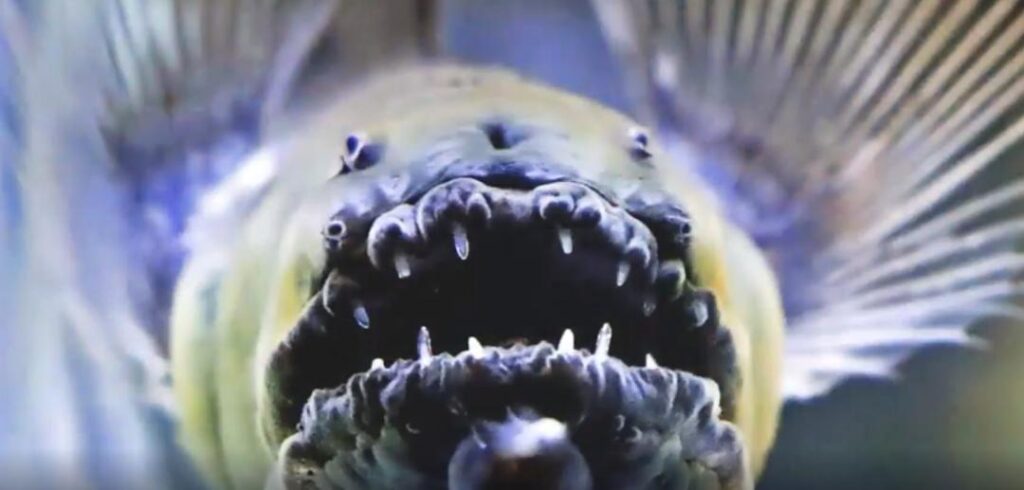
In the homeland of the Hidden-Eyed Eel, people have attributed more layers of flavor to it.
Ariake Sea is the largest bay in southern Kyushu, Japan, with the largest area of tidal flats in the country. The tidal range here exceeds 5 meters, creating a strange natural environment that nurtures strange life forms.
Cute, chewy Hidden-Eyed Eels eagerly await capture in the morning and evening sun. Fishermen use a special wooden board, inserting it into the mud while continuously stirring with a stick, a signal between man and eel, like a brief knock on a hotel room door in the dead of night to say “I’m here.”
The hook-shaped tool below the stick will catch the eels that respond to the signal. Their semi-transparent skin is etched with ancient, mysterious patterns, and they open their mouths to screech at humans.

Ugly, lost in the wooden basket, their bodies become increasingly bizarre as the environment changes. People have no prejudice against the Hidden-Eyed Eel; no matter how strange the mutation, it will be sold to sushi restaurants on the shore, becoming income for the fishermen.
We only know that its firm flesh is like a haiku from Akihabara, and diners usually only eat its body.
Adding it to dumplings, retaining the head, is considered a chef’s technical innovation. Beyond that, some customers are willing to try its fresh sashimi, with the still-twitching head of the Hidden-Eyed Eel silently cursing in an alien language, but this doesn’t hinder the customers’ praise for it.

The local government of Saga Prefecture, to promote tourism, has collaborated with the most famous restaurants in the area to develop a series of dishes featuring the Hidden-Eyed Eel — sashimi, boiled dishes, dried fish, or live preparation, all emphasizing a full-body cleansing.
Some customers enjoy teasing the head-only Hidden-Eyed Eels with utensils, and the humiliated fish might even bite through chopsticks. If you get too handsy, you might end up eating yourself.
While the body can be forged in the temple of digestion, the head of the Hidden-Eyed Eel is the highlight for chefs and diners alike, saved for the last course, made into dumplings.
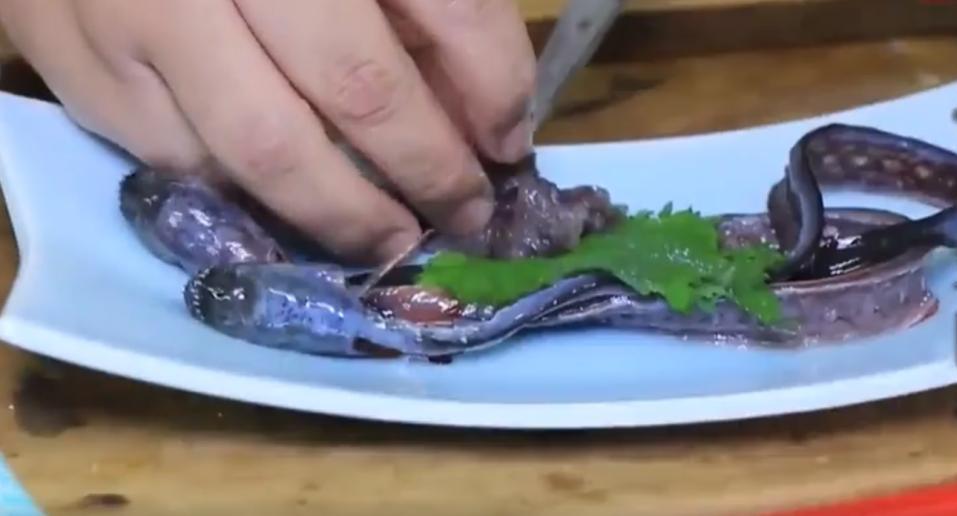
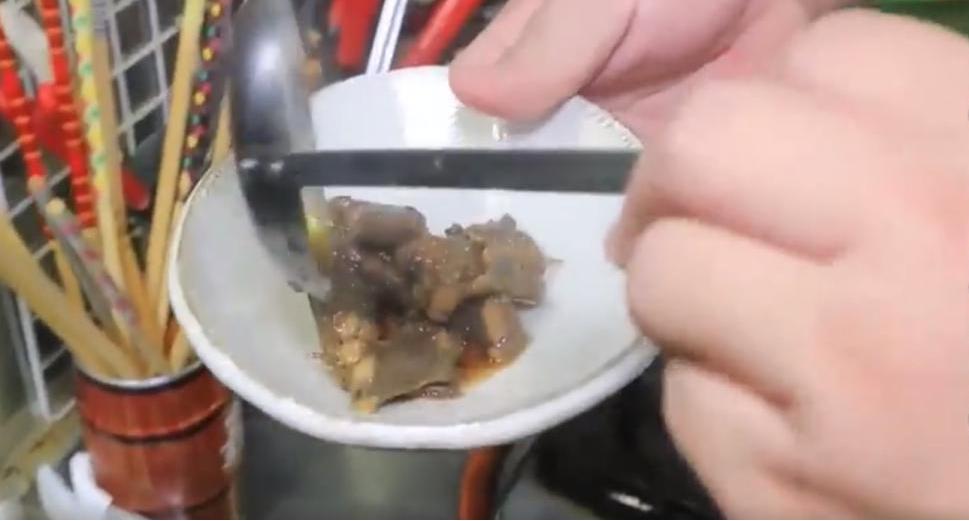


Though few dare to challenge this near-shore king to a life-or-death match, those who succeed do not hide their joy, as if it were a form of survivor’s bias.
No one knows how those who fail spend the rest of their lives; the only certainty is that these ordinary fish are becoming more and more like unrecognizable aliens.
